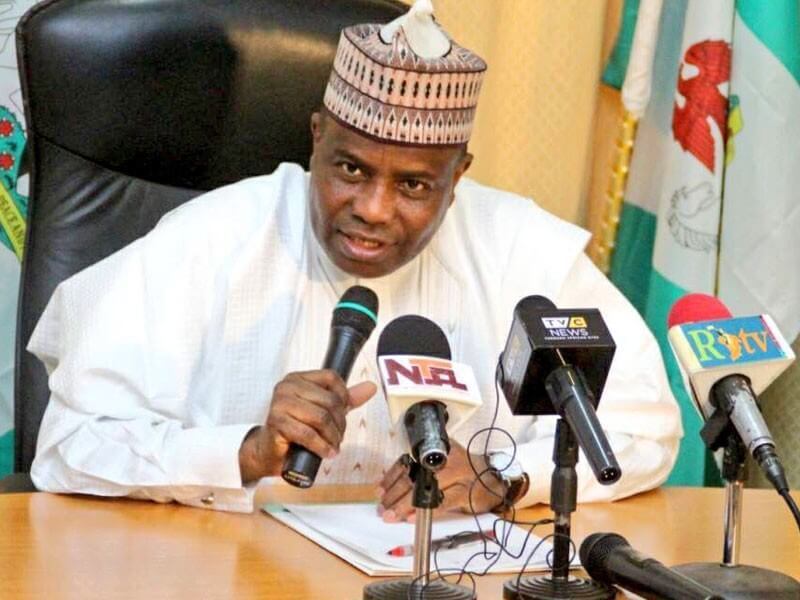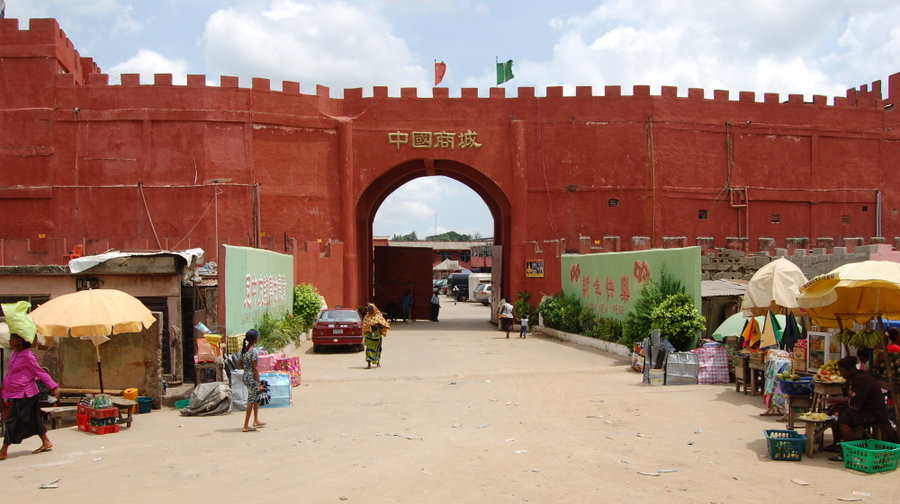The nation’s power generation fell to 3,231 megawatts on Wednesday, more than a week after the latest system collapse.
Data from the Nigeria Electricity System Operator, an arm of the Transmission Company of Nigeria, showed that generation stood at 4,338.9MW as of 6.00 am on April 20.
The national grid collapsed on Tuesday last week, bringing the number of system collapses recorded so far this year to six.
The system operator put the nation’s installed generation capacity at 12,910.40MW; available capacity at 7,652.60MW; transmission wheeling capacity at 8,100MW; and the peak generation ever attained at 5,375MW.
The nation generates most of its electricity from gas-fired power plants, while output from hydropower plants makes up about 30 per cent of the total.
In February, the TCN announced that the national grid successfully transmitted a new power generation peak of 5,375MW on February 7, 2019, at 9 pm.
It said it was the first time that the grid had generated, transmitted and distributed such quantum of power, describing it as evidence of the success of the government’s policy on incremental power.
The TCN, which manages the national grid, is still fully owned and operated by the government.
The grid has continued to suffer system collapse over the years amid a lack of spinning reserve that is meant to forestall such occurrences.
Spinning reserve is the generation capacity that is online but unloaded and that can respond within 10 minutes to compensate for generation or transmission outages.
Out of the five power stations meant to provide spinning reserves, none has any actual reserve, with the contracted reserve put at 295 megawatts.
The power stations are Egbin, Delta, Olorunsogo NIPP, Geregu NIPP and Omotosho NIPP.
Source: Punch Newspaper




